Hey there!
If you're here, that means you either liked what you read, accidentally clicked a link, or (my personal favorite) you're looking for creative sanity in a world that’s not helping. I’m Urmila-writer, artist, educator, accidental IT professional, certified yogi, and full-time believer that creativity is for everyone.
☕ Teacups and Tiny Victories ✌
This Substack is my love letter to slow growth, messy beginnings, and the magic that happens when we show up as ourselves, even when we’re still figuring things out. If this piece gave you even a tiny spark of joy or clarity, I’d love it if you bought me a coffee.
Thank you for being here - for reading, reflecting, and showing up with such beautiful humanity. You make this all worth it. 💛
Now, let’s dive in…
🖍️ Welcome Back to your Creativity (And Hello, Sketchnoting!) Part1/3
You know that feeling when something clicks, like a long-lost friend suddenly showing up at your door with coffee in hand?
That’s exactly how I feel now that I’ve reconnected with my creative self. Only this time, creativity doesn’t look like paint-streaked hands or hours behind an easel. This time, it looks like sketchnoting.

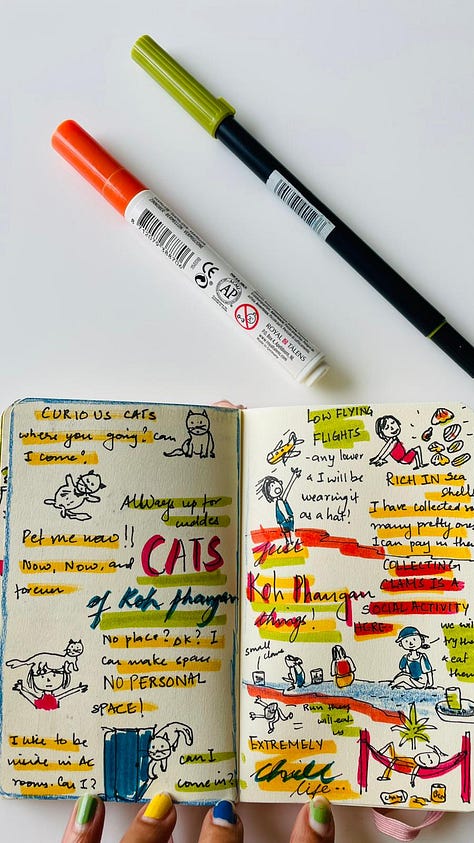
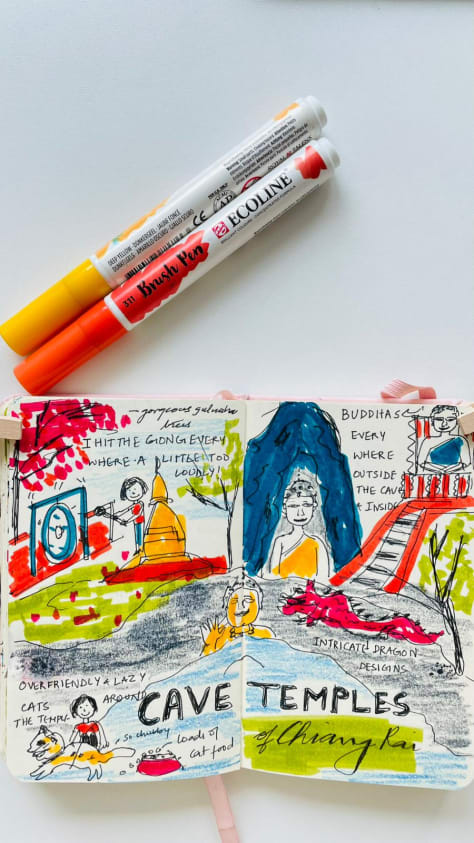
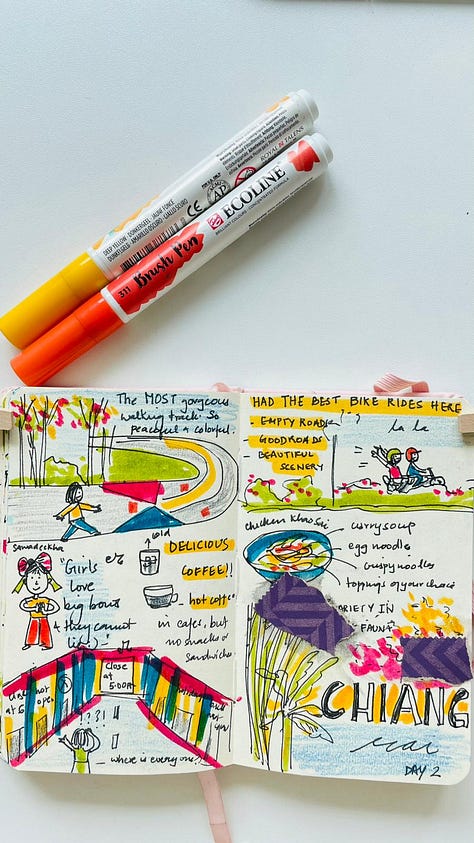
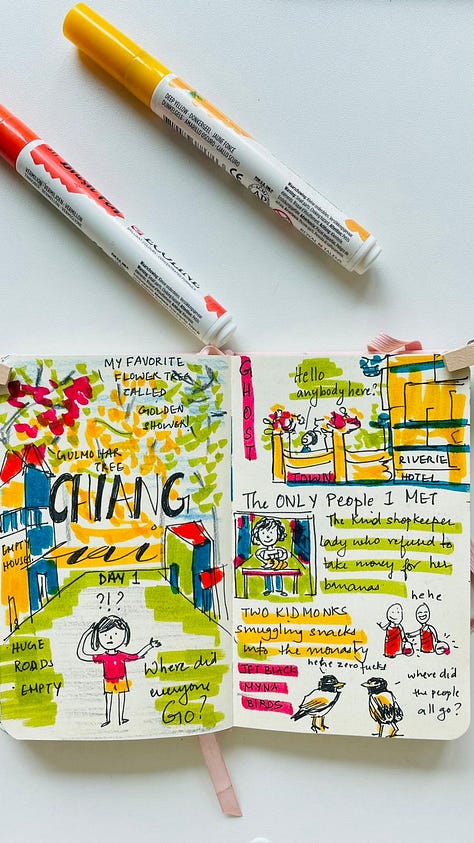
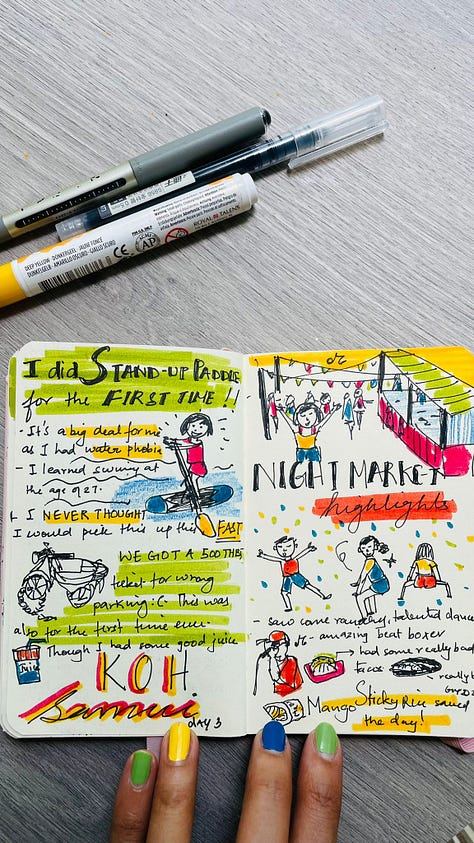
Yes, sketchnoting. That magical blend of doodles, thoughts, and ideas scribbled onto paper as you listen, learn, or reflect. It’s playful, it’s practical, and most importantly, it’s personal.
But before we dive into the “how,” let me take you through the “why.” Because any form of creativity - even a quick scribble - becomes meaningful only when it reflects who you are. Creativity without self-expression is just imitation, and machines were built to copy far better than we ever could
🌱 My Creative Roots
Growing up, I was a loner, a single child who found joy in small things. I saw faces in clouds, made stories out of shadows, and spent hours collecting leaves just because they looked like little pieces of art.
Being sensitive and observant wasn’t always easy, but it taught me how to notice things others might overlook. It also helped me build a sensory library inside my head- one where a bird call from years ago can instantly transport me to a summer afternoon in my village.
To this day, home isn’t a place for me - it’s a feeling. A mix of nostalgia, love, and memory. And that’s why I’ve learned to trust what catches my eye, what stirs my heart, and what makes me want to pull out a pen and start drawing.
Because creativity starts not with tools or talent — it starts with you.
🧠 The 5 Things I Learned About Getting Back Into Art
Here are five realizations that helped me reconnect with my creativity and keep it alive:
1. Know Yourself
What makes you stop and look twice? What makes your heart smile? These moments are clues about your visual voice. For me, it’s a certain bird call, the way light filters through trees, or a particular shade of blue on a stranger’s scarf.
2. Practice Observing
Observation is a muscle - and I didn’t really flex mine until 2015, when I discovered urban sketching. Suddenly, inspiration was everywhere: my morning coffee cup, the lines of a train station, the rhythm of footsteps on pavement.
3. Try All the Media
Don’t box yourself in. Try watercolor if it calls to you. Say yes to digital art. Explore charcoal, ink, crayons - whatever speaks to your curious side. I loved acrylics, but hated cleaning brushes. Digital art suited my lifestyle better, but lately, nothing beats the tactile joy of pen on paper.
4. Ditch the Eraser
One of the best tips I got early on: throw away the eraser. Let go of perfection. If you mess up, turn it into something new. At first, it feels messy -maybe even chaotic - but soon, you’ll find a kind of magic in the unexpected.
5. Stop Judging
Let go of “good” or “bad.” Focus instead on capturing, not impressing. Blind contour drawing, left-handed sketches, unfinished lines — these exercises teach you to see with your eyes, not your ego. And they remind you that art is about expression, not execution.
⏳ A Note on Time & Creative Play
Now, I know some of this might sound like a long-term journey - and honestly? It is. But the sooner you start, the sooner you’ll begin to enjoy the process itself, not just the outcome.
So many of us have been conditioned to think that play is frivolous or unproductive. That creativity is only for kids or "real artists."
But here’s the truth: No play makes Jack and Jill both dull and still stuck in the grind with no creative thrill.
Sketchnoting is creative play disguised as productivity. So if you're short on time (and who isn’t?), consider this your permission slip: even five minutes of scribbling counts. Especially if it brings you joy.
📝 What’s Coming Next
In Part 2, I’m going to take you deeper into the world of urban sketching vs. sketchnoting, and why I eventually chose the latter. I’ll show you how to catch those fleeting thoughts before they vanish, and how to turn everyday observations into meaningful visuals.
Then in Part 3, I’ll share my full beginner-friendly guide to getting started with sketchnoting, including my favorite supplies, layout hacks, and how I use simple icons and colors to bring my notes to life. And I’ll answer all the very valid questions my lovely readers sent across.
So if you’ve ever thought,
“I wish I could be more creative, but I don’t know where to start…”
You’re in the right place.
Welcome back to your creative self.




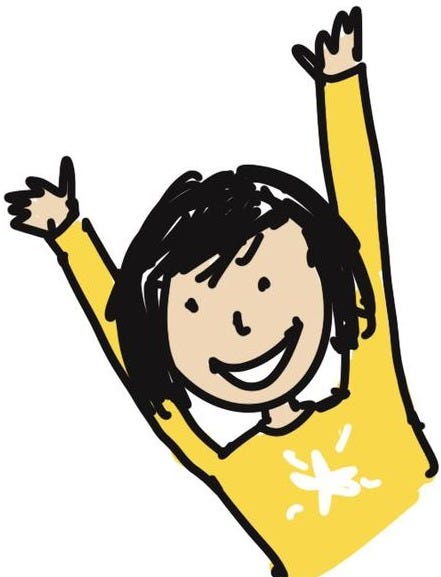
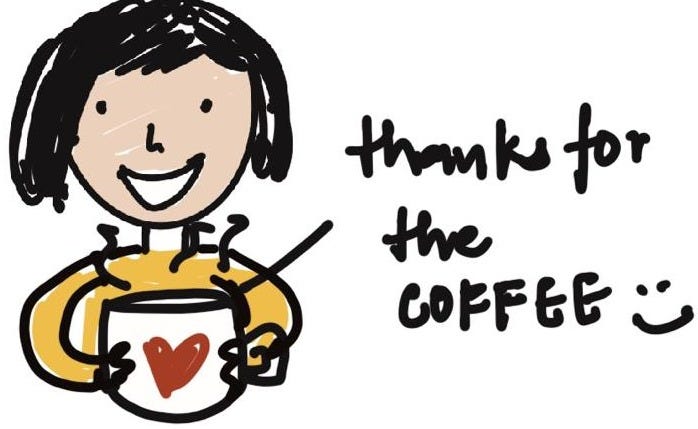
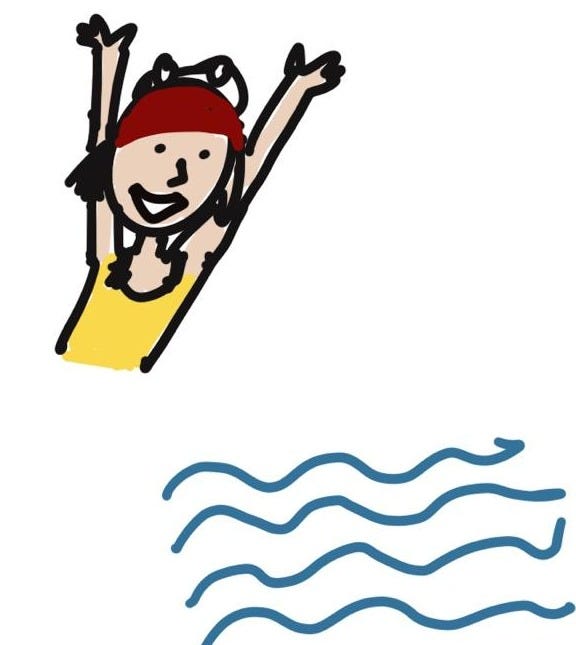
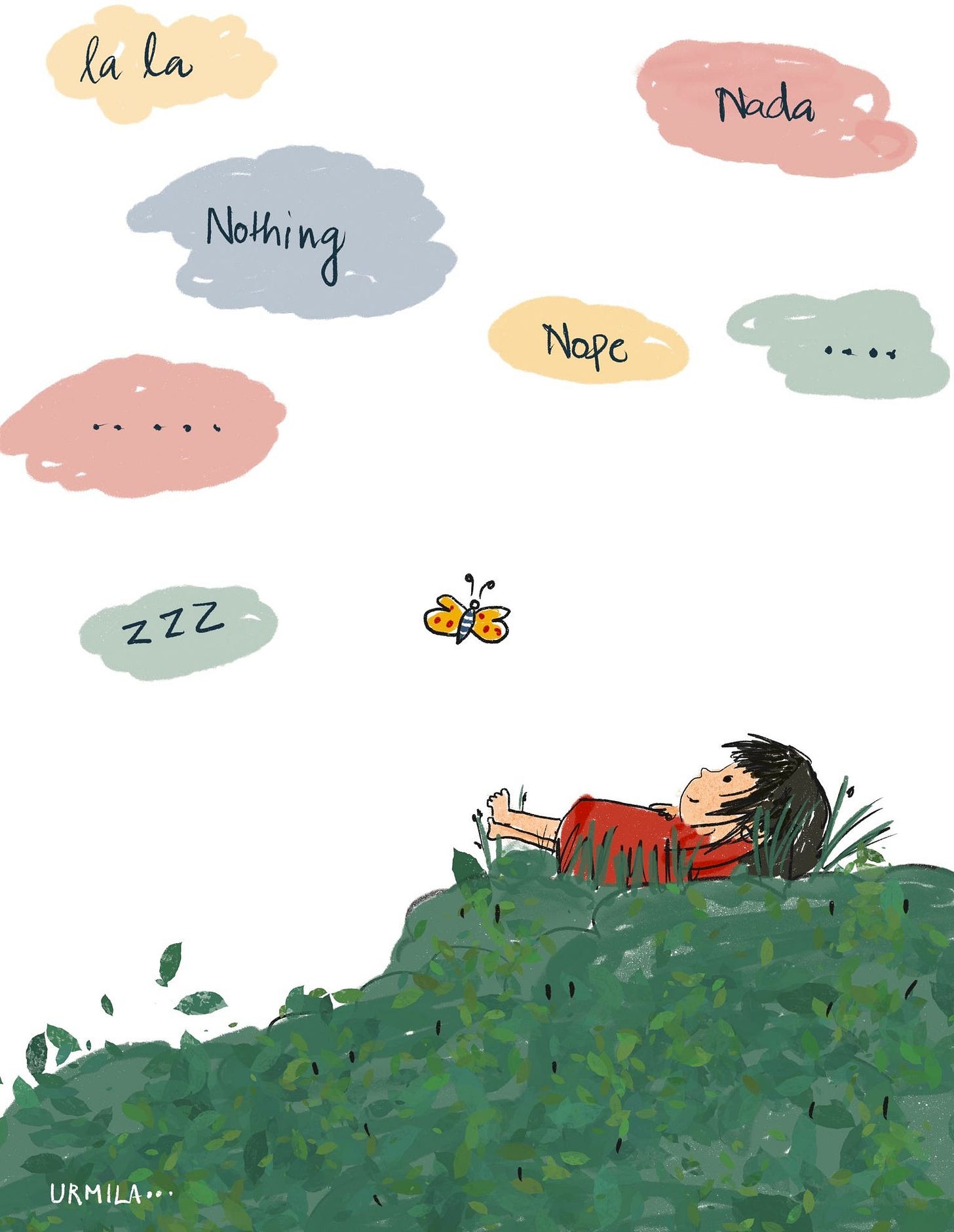
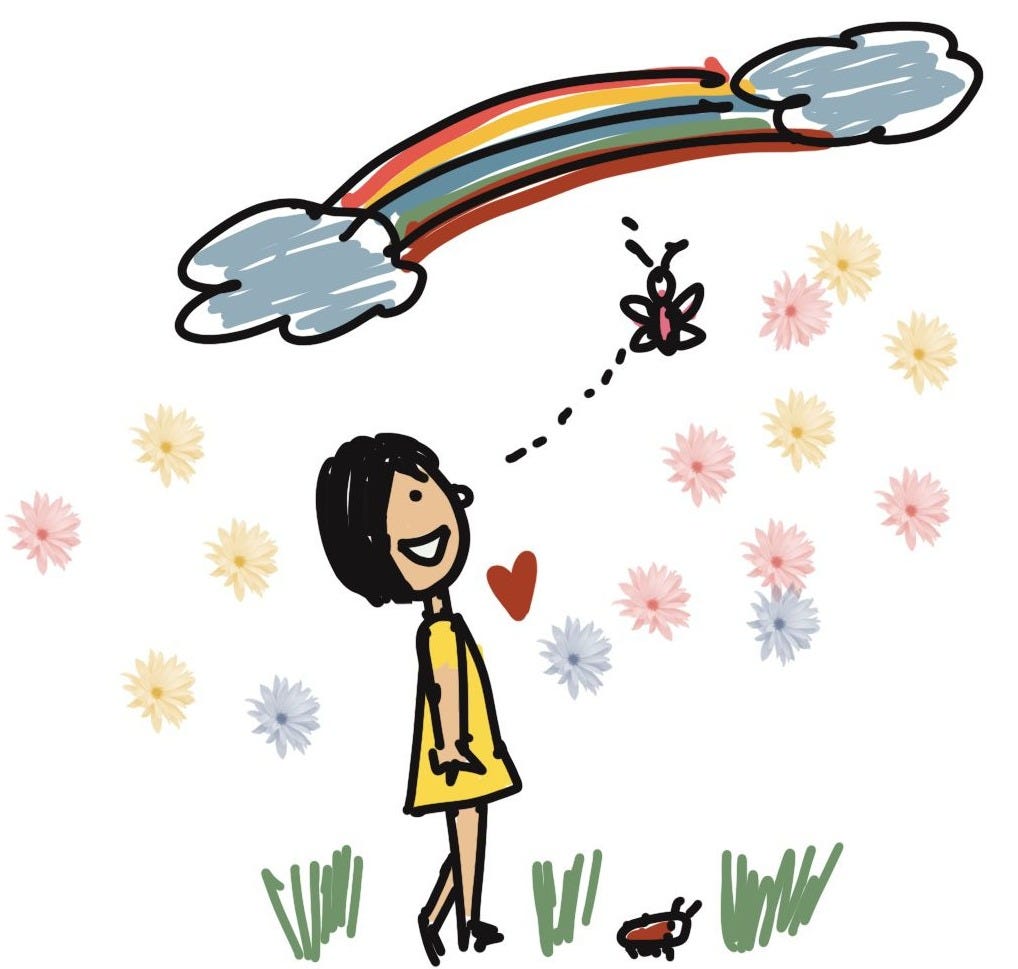

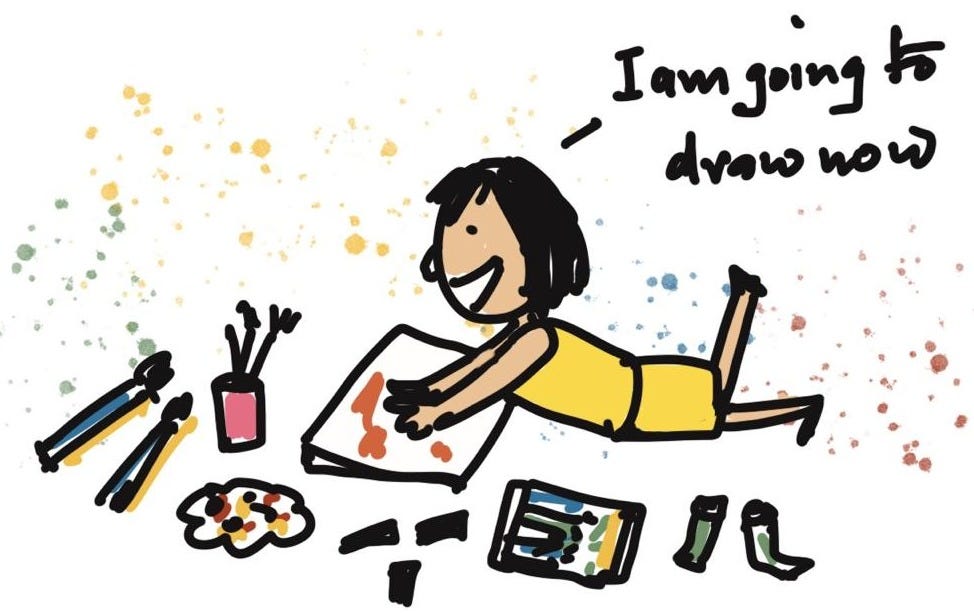
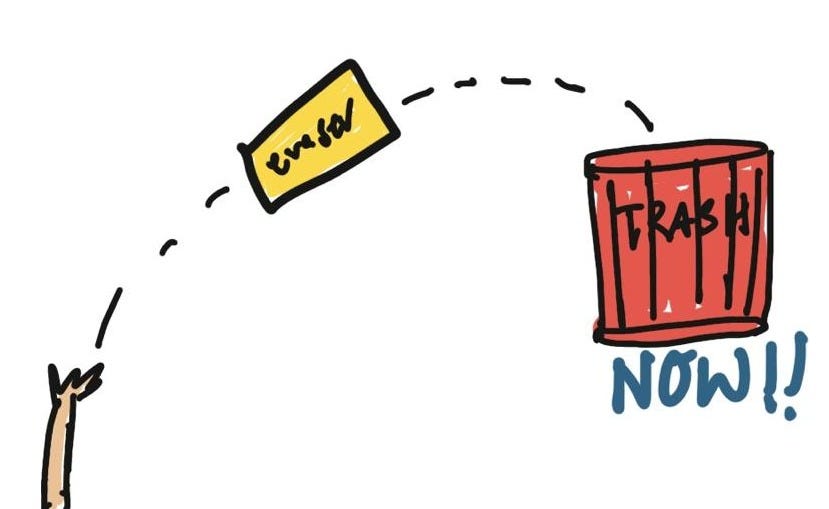
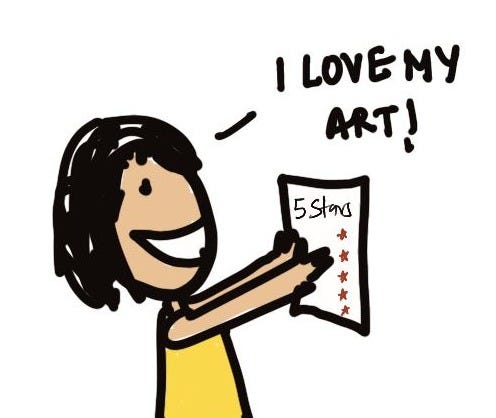



Your sketchnotes really caught my eye - they’re so bright, simple, and full of life 🎨✨
They took me back to childhood, like flipping through an illustrated storybook and pausing to notice all the tiny details.
I loved your reflections on returning to art - so clear and relatable.
I’ve done some simple sketching with pencil and black marker before, but after reading your post, I’m seriously tempted to go buy some colorful brush pens!
Thanks for the inspiration - it was exactly what I needed today 🤩
I love this! Subscribed!